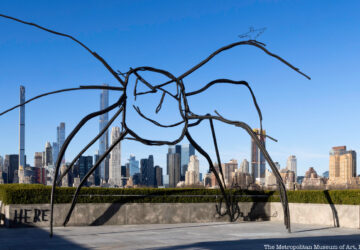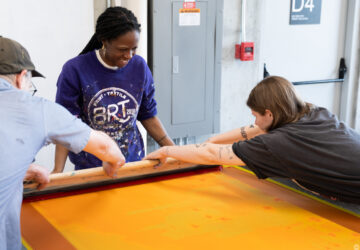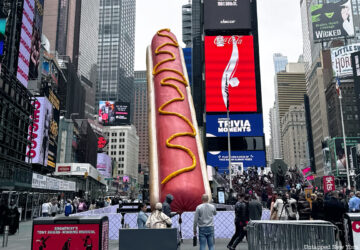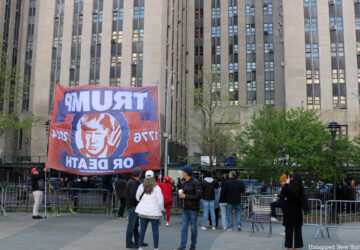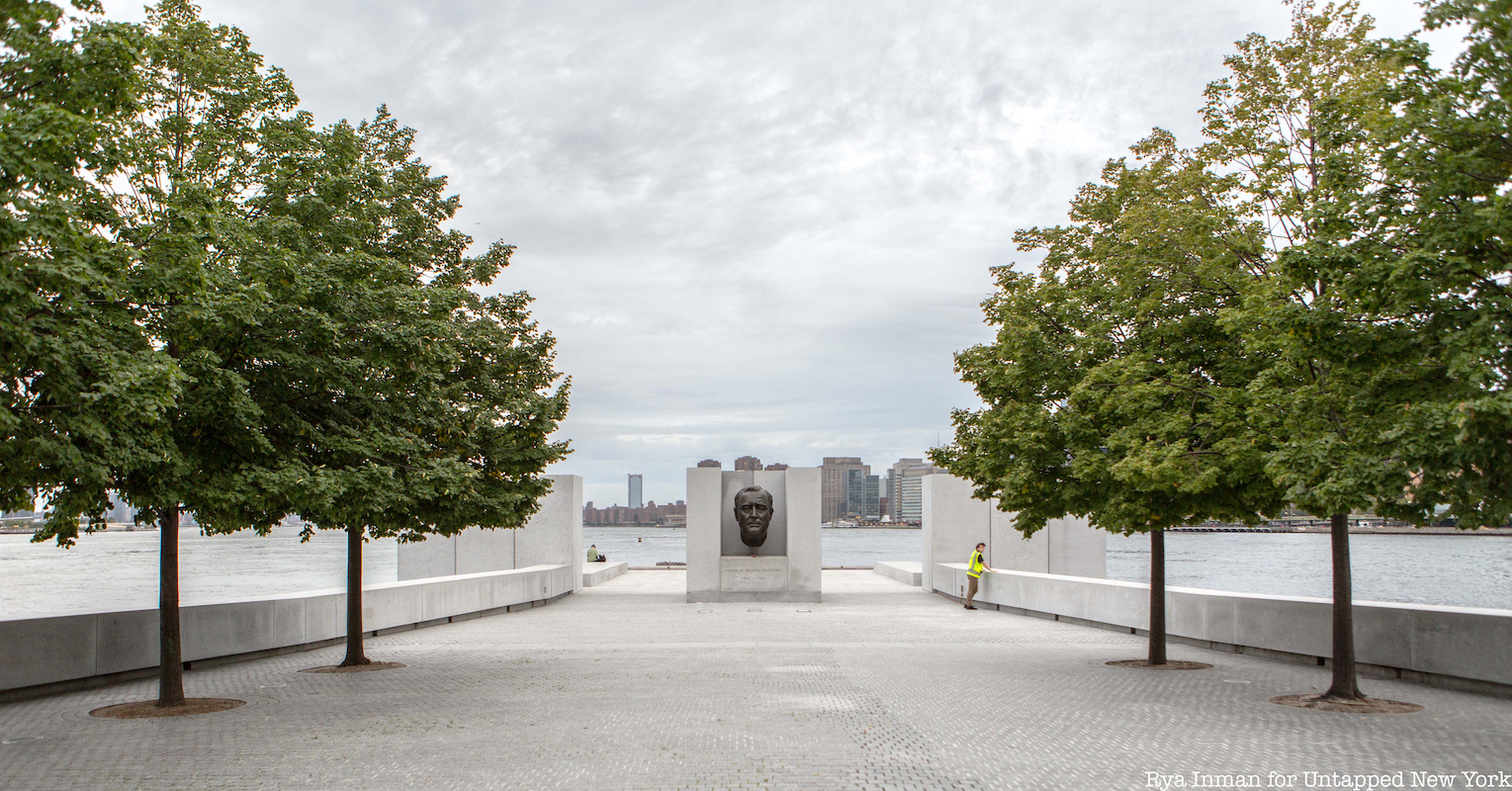Recently, a crowd gathered on an Estonian island to pay tribute to Louis Kahn, a native son who was one of the twentieth century’s leading architects. As the ceremony unfolded, events past and present served as reminders that architecture does not operate in isolation from the world around it.
Those attending came from far and near to Kuressaare Castle, the childhood inspiration of an architect whose final built work, Four Freedoms Park, is located on New York’s Roosevelt Island.
Kahn was born in 1901 on Saaremaa, a Baltic Sea island, when Estonia was part of the Russian Empire. He lived in the town of Kuressaare with his family, until they emigrated to the United States when he was five years old for better economic opportunities and so that his father could avoid being recalled to military service.
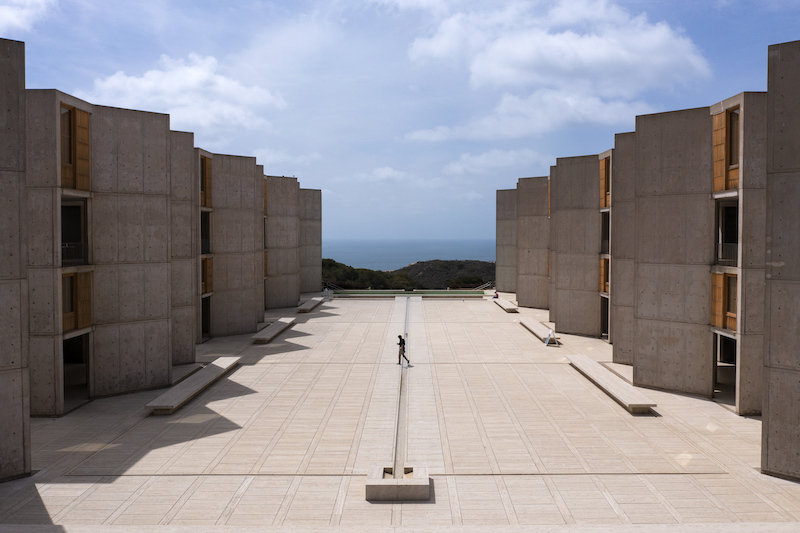
They settled in Philadelphia, where Kahn lived the rest of his life and made a career as a practicing architect and professor at his alma mater, the University of Pennsylvania. He died in 1974 in New York’s Penn Station on his way home from a business trip to India.
He is remembered for reconciling Modernism with ancient influences and his notable works include the Salk Institute in San Diego, Kimbell Art Museum in Fort Worth, the Yale University Art Gallery, and the National Assembly complex in Bangladesh. The latter, which many consider his masterpiece, serves as a cherished symbol of democracy in one of the world’s poorest nations.
Beginnings were an important theme for Kahn and on May 5th his own origins were celebrated. Officials from the Pennsylvania Historical and Museum Commission, the Louis Kahn Estonia Foundation, and the local municipality unveiled a historical marker with text in English and Estonian next to the castle.
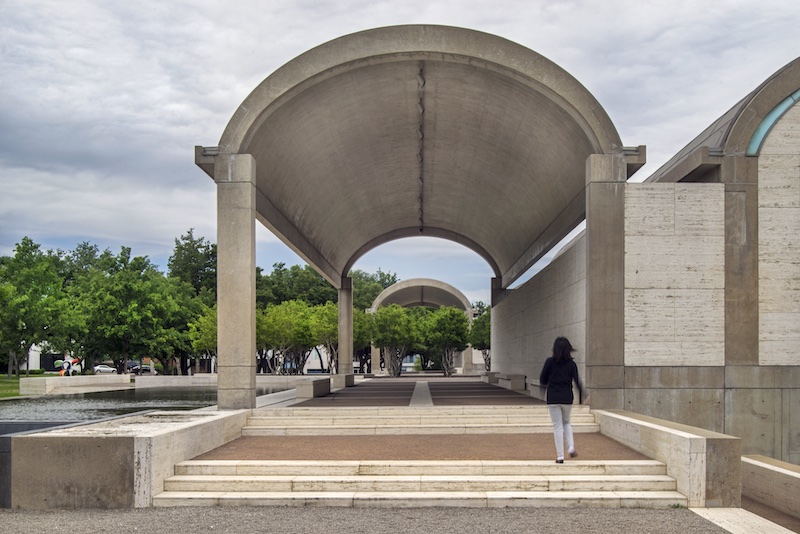
The dedication ceremony was followed by a reception at a nearby cultural center which included the opening of “Silence and Light,” an exhibition about Kahn originally displayed in Zurich.
Besides architectural history, geopolitics provided a subtext that was implicit but unmistakable in light of present circumstances. Officials representing Estonia, the U.S., Norway, and Switzerland saluted Kahn but also highlighted ties among their countries.
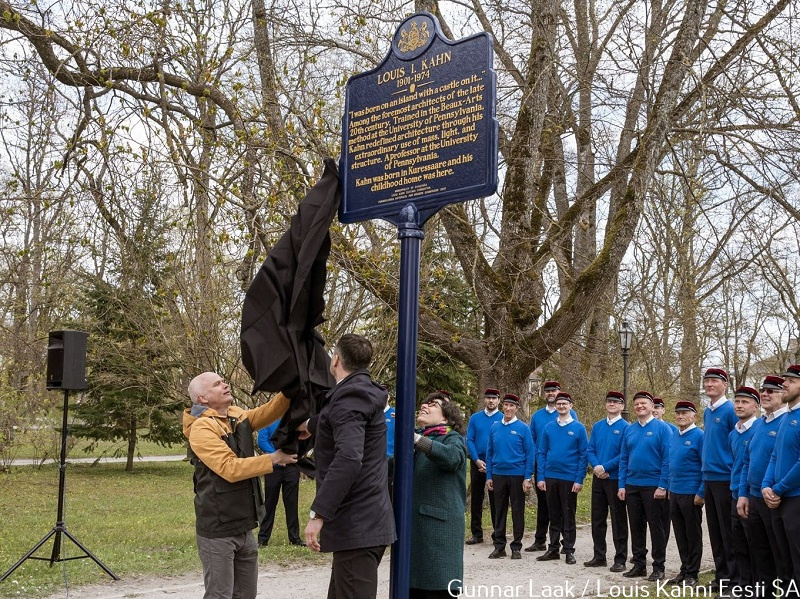
“During the twentieth century, control of Estonia changed hands five times: Czarist Russia, the Republic of Estonia, the Soviet Union, Nazi Germany, the Soviet Union again and then the restored Republic of Estonia,” noted Toivo Tammik, head of the Foundation. “Would Kahn have survived all those changes here as a Jewish architect, and been able to work even in the 1970s? Impossible. Are we in Estonia proud to claim him? Of course!”
Tammik also read a letter from Sue Ann Kahn, one of Kahn’s three children, which tied her father’s work on Four Freedoms Park, a memorial to President Franklin D Roosevelt, to current times. “I know that my father, who revered Roosevelt and what he stood for, would in this moment be very proud of his birth country, Estonia: a small nation with a powerful voice for Democracy,” she wrote.
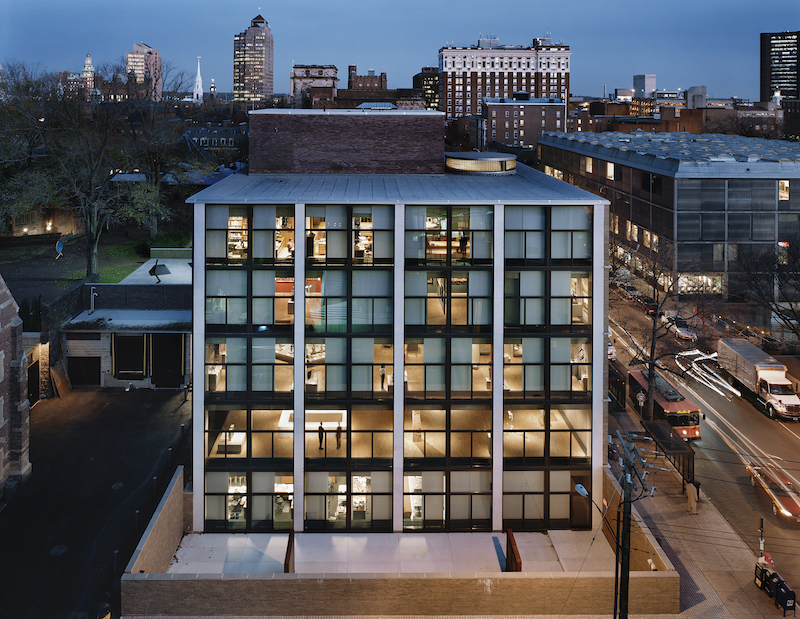
Several others spoke during the day’s festivities, including Per Olaf Fjeld, a Norwegian architect who studied with Kahn at Penn a half-century ago and has written about Kahn and his Nordic connections in collaboration with his wife Emily Randall Fjeld.
The marker includes a quote from Kahn acknowledging his homeland’s influence on him. “I was born on an island with a castle on it,” which apparently planted a seed in a young child’s imagination that would flower into structures built around the world.
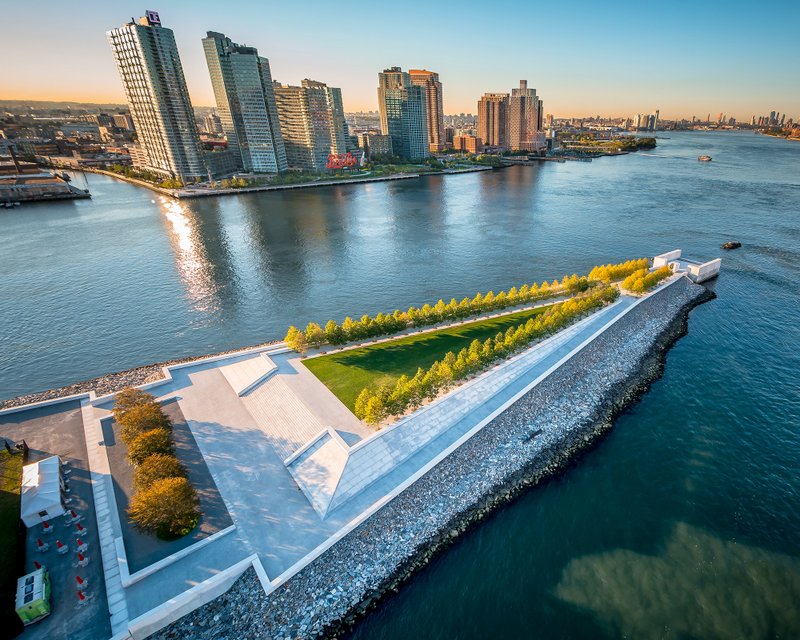
This calls to mind another quote from Kahn about the impact of the built environment on the young. “A city should be a place where a little boy walking through its streets can sense what he would someday like to be,” he wrote in 1973.
In the same spirit, Nancy Moses, the Chair of the Pennsylvania Historical and Museum Commission observed, “we can imagine the grandchildren of our grandchildren stopping by this historical marker. They will read about Louis Kahn, a beloved son of Estonia and Pennsylvania. They will be inspired by his example.”
Next, read about Top 10 Secrets of FDR Four Freedoms Park.
Contact the author @Jeff Reuben
